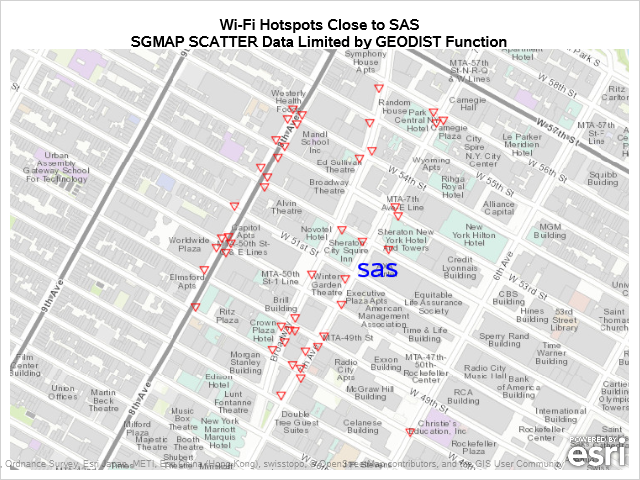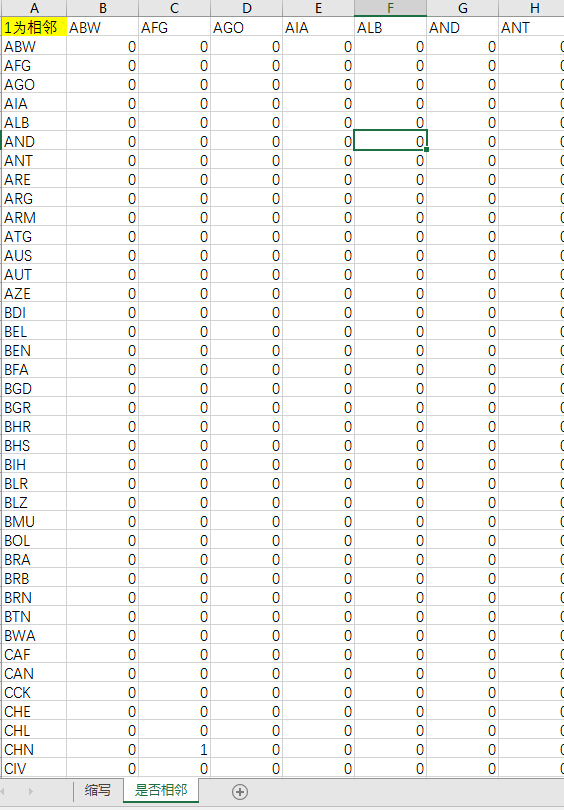

Working Paper: Notes on CEPII’s distances measures (2006) References: View references in EconPapers View complete reference list from CitEcĬitations: View citations in EconPapers (532) Track citations by RSS feed JEL-codes: F10 F12 F13 F14 F15 (search for similar items in EconPapers) Keywords: DISTANCES INTERNATIONAL TRADE DATABASES GRAVITY MODEL TRADE COSTS BORDER EFFECTS (search for similar items in EconPapers) bilateral trade costs variables from the CEPII GeoDist database (Mayer and. We try to improve upon the existing similar datasets in terms of geographical coverage, quality of measurement and number of variables provided. The other major explanatory variable is the country-industry interaction of. The CEPII GeoDist dataset provides the data on previous colonial status of the.

the World Bank, and the remaining data are obtained from CEPIIs GeoDist and. which variables explain variances in electricity and economic output. The GeoDist webpage provides two distinct files: a country-specific one (geo_cepii)and a dyadic one (dist_cepii) including a set of different distance and common dummy variables used in gravity equations to identify particular links between countries such as colonial past, common languages, contiguity. a wide range of variables, such as mood and sentiment (Dragouni, Filis. Factor Variable name in original dataset and description Form Source CULTURAL AND HISTORICAL FACTORS Historical union CEPII GeoDist. GeoDist provides several geographical variables, in particular bilateral distances measured using city- level data to assess the geographic distribution of. For most of them, different calculations of “intra-national distances” are also available. We have calculated different measures of bilateral distances available for most countries across the world (225 countries in the current version of the database). GeoDist provides several geographical variables, in particular bilateral distances measured using citylevel data to assess the geographic distribution of population inside each nation. GeoDist makes available the exhaustive set of gravity variables used in Mayer and Zignago (2005). derive from the GeoDist database of CEPII (distwces variable CEPII, 2017. Working Papers from CEPII research center The introduction of the population size variable is an alternative way to. Notes on CEPII’s distances measures: The GeoDist database


 0 kommentar(er)
0 kommentar(er)
